Venue
ACADEMIC COMPLEX | CORE 5
Location
The conference will be held at Core 5, Classroom complex in the beautiful campus of Indian Institute of Technology Guwahati (IITG). IITG is located on the banks of the Brahmaputra River. It is around 20 km from the heart of the city and around 40 min drive from the Guwahati Airport. Guwahati is the gateway of the North-East and is well connected to other parts of our country by air, rail, and road. There are direct air services to reach Guwahati from/to Mumbai, New Delhi and Kolkata. These airports have connectivity to all major cities in India. Also, Guwahati is serviced by direct train services from/to all the metropolis and other major cities of India.
To reach the institute from the city, there is an Institute bus service that runs regularly to and from the city.
Campus Map - click here
Tourist Destinations near Guwahati
Assam is a beautiful and diverse state with an incredible culture and beautiful landscapes. The state is located in the northeast region of India. Assam shares its borders with the Kingdom of Bhutan and Arunachal Pradesh. Guwahati lies between the banks of the Brahmaputra River and the foothills of the Shillong plateau. The city has LGB International Airport to the west and the town of Narengi to the east. The city is gradually expanded as North Guwahati at the northern bank of the Brahmaputra. The Guwahati region hosts diverse wildlife including rare animals such as Asian elephants, pythons, tigers, rhinoceros, gaurs, primate species, and endangered birds. Many places in the city and its outskirts attract the attention of the visitors.
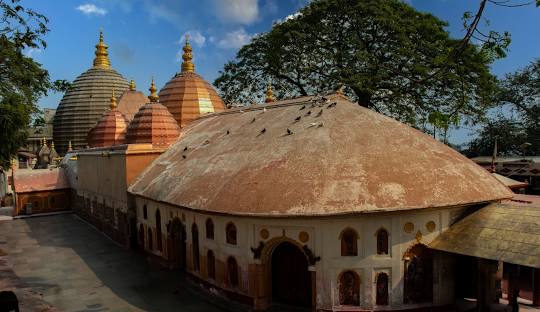
Kamakhya Temple
Legend conveys that when Lord Shiva carried the corpse of the deceased Sati, the female genitalia (yoni) fell onto this hill and turned it to bluish hue, thus earning it with the name 'Neelachal' (Blue Spread).
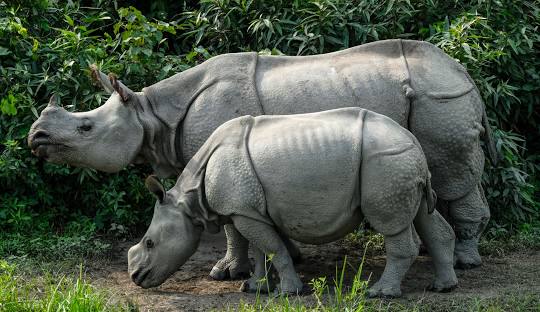
Kaziranga National Park
Riding a tall elephant through the park is an unforgettable experience. With grass growing taller than the elephants themselves, and observing the rhinos as they skillfully navigate away from the trained pachyderms is truly a sight to behold.
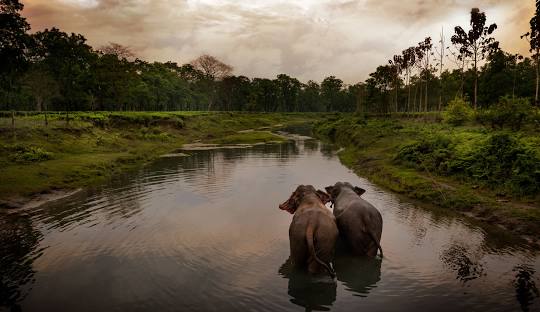
Manas National Park
The lush forest cover and marshy areas also create a perfect habitat for various bird species. Visitors can spot giant hornbills (both pied and gray), jungle fowl, scarlet minivets, and more, making it a paradise for bird watchers.
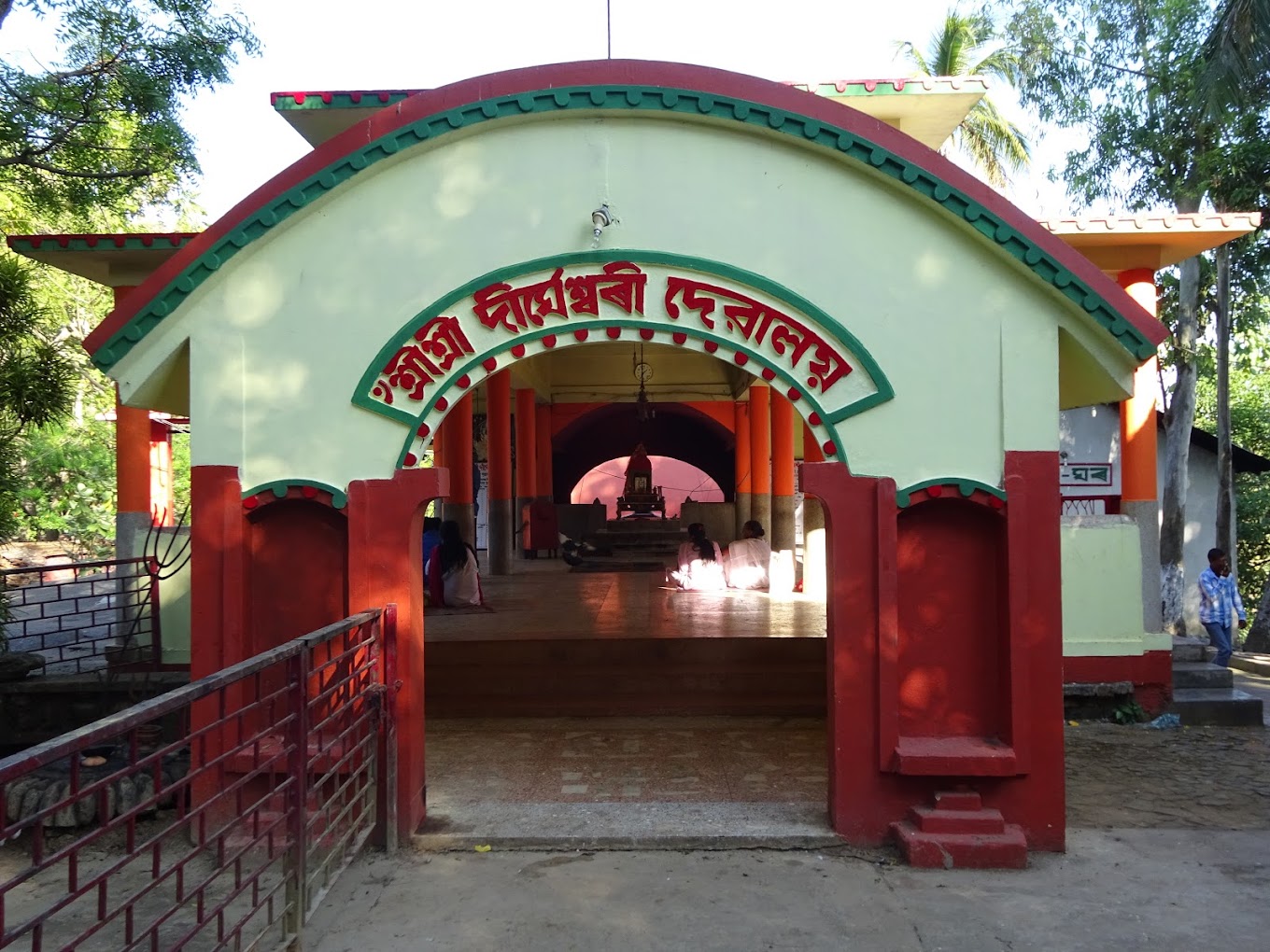
Dirgheswari Temple
The main attraction of Dirgheswari Temple is the annual Durga Puja celebration, which draws devotees from distant places to participate in the festivities.
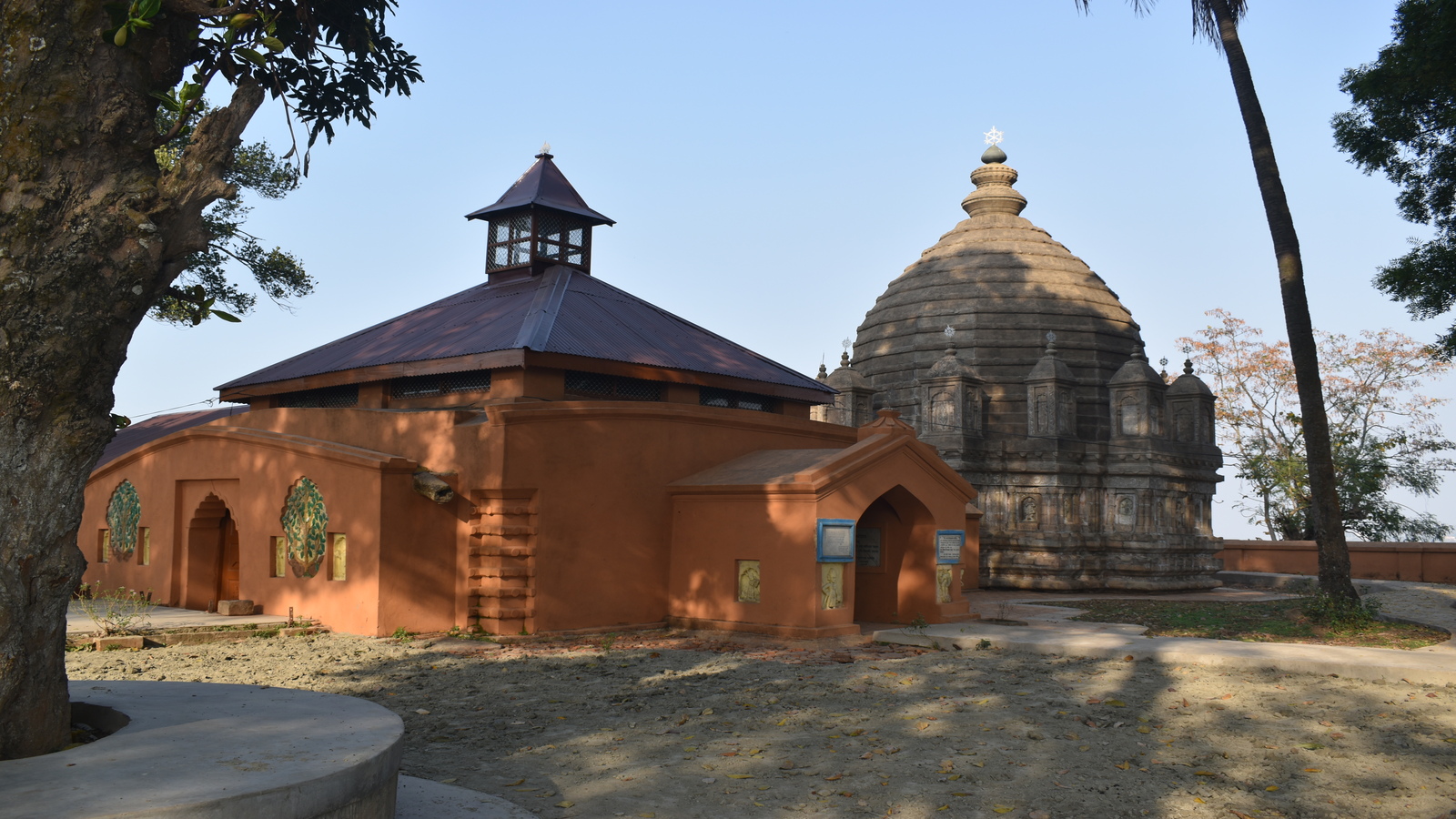
Aswaklanta Temple
In 1897, a massive earthquake demolished a significant portion of the temple. However, under the initiative of Lord Curzon, the Viceroy at that time, the temple was renovated. There was once a sacrificial space or Kunda at the site, but it has since been washed away by the Brahmaputra River.
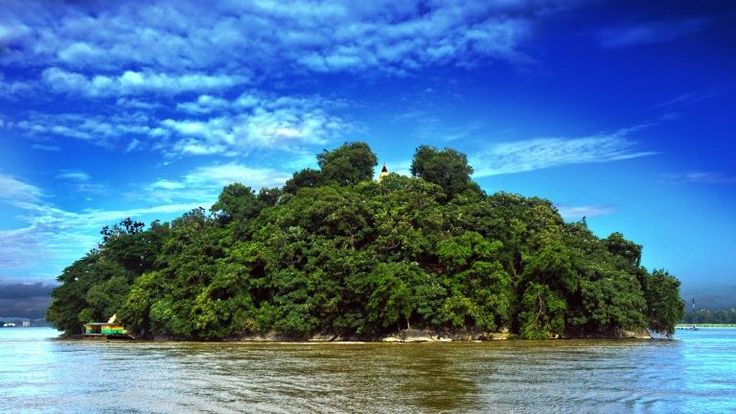
Uma Nanda Temple/ Peacock Island
The Shiva temple of Umananda is prominently situated on Peacock Island (World`s smallest river island) in the middle of the Brahmaputra River. Perched atop a mound accessible by steep steps from the shore, the temple stands as a testament to divine presence. Boat ferries and motor launches depart regularly for the temple from Umananda Ghat on the shore, offering visitors a chance to experience this unique site.
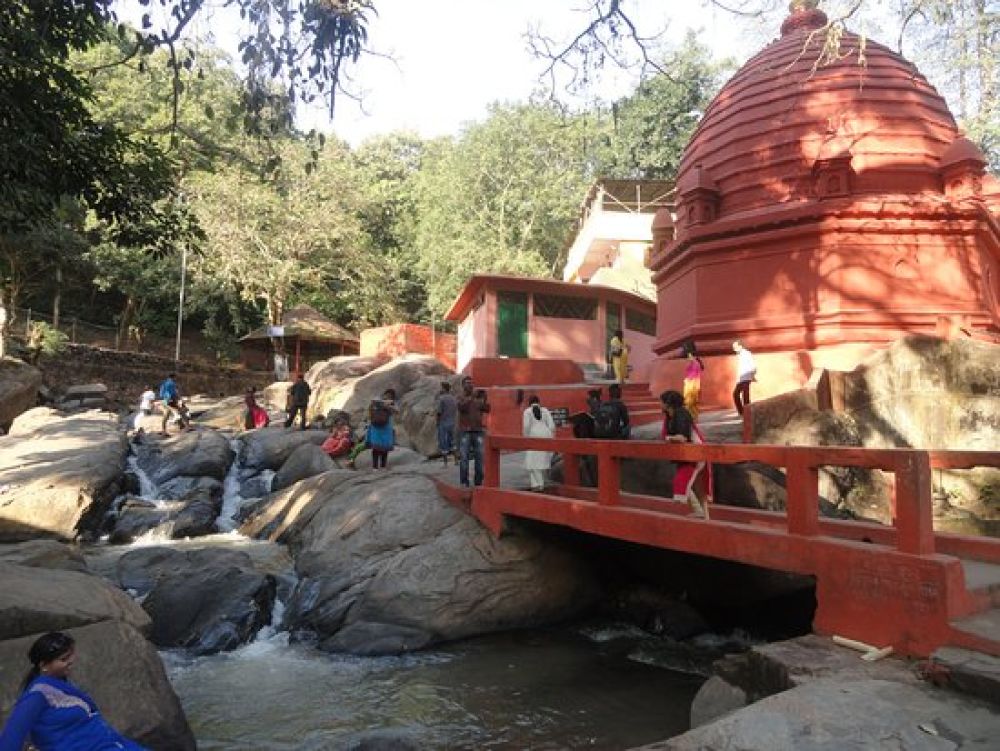
Basistha Ashram
Nearby, three mountain tributaries—Sandhya, Lalita, and Kanta—flow by the ashram. The picturesque surroundings and the belief in longevity after a holy dip in these three streams have enhanced the popularity of this religious site. The ashram is conveniently located about 12 km from the railway station.